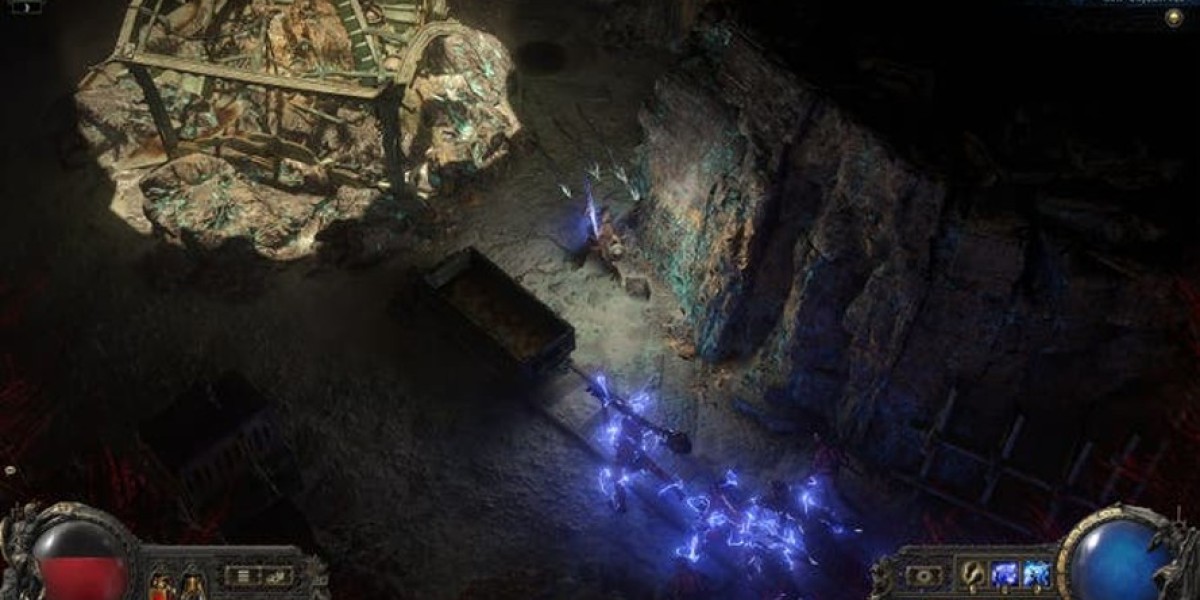Sometimes, the smallest creatures teach the biggest lessons—and in New York, rats have become the city’s most cunning teachers.
Walk down almost any alley in the Bronx or behind a restaurant in Queens, and you’ll see it—the quiet evidence of an old rivalry between humans and rats. For years, pest control technicians have fought an uphill battle, relying on baits, traps, and luck. But lately, there’s been a shift. Professionals are turning to rat training in NY to understand not just how to control rodents, but why they behave the way they do.
This new wave of training isn’t just about extermination—it’s about education. It’s about learning to think like a rat. And surprisingly, that mindset is changing how entire pest control teams approach rodent problems, from subway tunnels to high-rise apartments.
Rats That Outsmart the City
New York’s rats aren’t your typical backyard pests—they’re survivalists. They’ve adapted to the rhythm of the city, learning how to avoid traps, navigate underground systems, and even sense human presence. The problem isn’t just population growth—it’s intelligence.
Rats in dense urban areas like Brooklyn or Manhattan live off patterns. They memorize routes, recognize sounds, and detect change faster than most people realize. The moment a trap or bait station appears, they notice. If one rat dies, others learn to avoid it. This is why old-school methods—simply laying poison and waiting—don’t work anymore.
For technicians, that means frustration. For property owners, it means sleepless nights and costly repairs. And for the city, it means ongoing public health risks.
This is where rat behavior education steps in—not as a gimmick, but as a new foundation for effective pest management.
Why Traditional Rodent Control Fails
For decades, pest control training focused on tools and products—how to set a snap trap, where to apply rodenticide, how to seal small holes. But in a city like New York, where rats live in unpredictable environments—subway lines, basements, restaurant dumpsters, and even parks—these approaches often fall short.
Here’s what usually happens:
Technicians place traps in “obvious” spots, not realizing rats avoid open areas.
Property managers assume food storage alone will solve the issue.
Residents clean up but forget about hidden entry points the size of a quarter.
Each mistake gives rats time to adapt. And once they’ve adjusted, control becomes ten times harder.
In pest control circles, professionals now talk about “behavioral resistance”—rats learning from failed control attempts. They become trap-shy, bait-wary, and building-savvy. Without proper understanding, a technician could spend weeks in one location and never catch a single rat.
That’s why modern training programs are shifting gears. Instead of starting with chemicals or equipment, they start with biology, movement patterns, and environmental psychology—the things that actually make rats tick.
What Rat Training in NY Actually Teaches
Modern programs for rat training me or anywhere in New York aren’t just classroom lectures. They’re immersive, field-based experiences where participants observe real infestations, track droppings and gnaw marks, and even study live rats in controlled environments.
These courses focus on:
Behavioral analysis – learning how rats think, where they hide, and how they explore new environments.
Environmental inspection – reading the building like a rat would, spotting weaknesses before infestations begin.
Sanitation strategy – not just cleanup, but environmental design to eliminate nesting and feeding sites.
Integrated Pest Management (IPM) – combining prevention, exclusion, and limited chemical use to build long-term solutions.
Participants often say the experience completely changes how they approach their work. Instead of treating rats as “pests,” they start seeing them as adversaries—intelligent and adaptable, but predictable once you understand their rules.
Bethpage, Long Island Learns from the City
A great example of this approach comes from Bethpage, a small Long Island community known for its mix of residential homes and commercial complexes.
A local property management company had been struggling for months with a rodent issue in an older apartment building near Stewart Avenue. Despite using traps and poison, rats kept returning. Residents were frustrated, and maintenance crews were patching new holes weekly.
Finally, the management team called in a pest control operator who had recently completed rat training through a city-based academy.
Instead of repeating the same old tactics, the technician began by studying the environment. He noticed the building’s garbage area was being cleaned regularly—but the garbage storage area was poorly lit and ventilated. He traced greasy rub marks along a utility line leading directly into the basement.
By observing rat behavior over several nights with motion-activated cameras, he discovered that the rats were using a narrow ledge behind a boiler to move undetected between floors—a route no one had considered.
The technician then implemented a layered approach:
Installed tamper-resistant traps along travel lines instead of random spots.
Coordinated with maintenance to install mesh guards around utility penetrations.
Adjusted waste management hours so garbage wasn’t left outside overnight.
Within two weeks, activity dropped dramatically. Within a month, residents reported no new sightings.
What made the difference wasn’t the bait—it was the understanding. This is what true behavioral training brings to the table.
Why Rat Training Matters More Than Ever
New York’s rat population has exploded in the past decade. Climate changes, building density, and food waste have all contributed to this rise. But the real challenge isn’t just numbers—it’s adaptation.
Rats evolve fast. They learn from our mistakes and use them to survive. That’s why pest professionals need to evolve too. Rat training programs offer that edge. They help technicians understand the psychology behind infestations, not just the symptoms.
These programs are also building stronger cooperation between city departments, building owners, and pest control experts. Instead of reacting to infestations, they’re now designing proactive prevention strategies—something that saves both time and money in the long run.
Smarter Training, Smarter Control.
For those searching for rat training me, there are now several certified programs in and around the city offering hands-on, science-based learning. These programs go beyond theory—they immerse you in the environments where rats thrive, giving you the insight to anticipate and stop infestations before they take hold.
Ultimately, this shift is about respect—not admiration for the pest, but for the complexity of the problem. Once you understand how rats think, control stops being a guessing game and starts being a calculated science.
Conclusion
Rats have shared our cities for centuries. They’ve watched us, learned from us, and adapted to everything we throw their way. But with proper education, the balance of power can shift.
Rat training is not just another pest control certification—it’s a mindset change. It turns frustration into foresight and wasted effort into smart strategy.
If you’re tired of fighting the same rodent battles and want lasting results, it might be time to think like your opponent. Learn their moves, study their paths, and approach control with knowledge, not guesswork.








